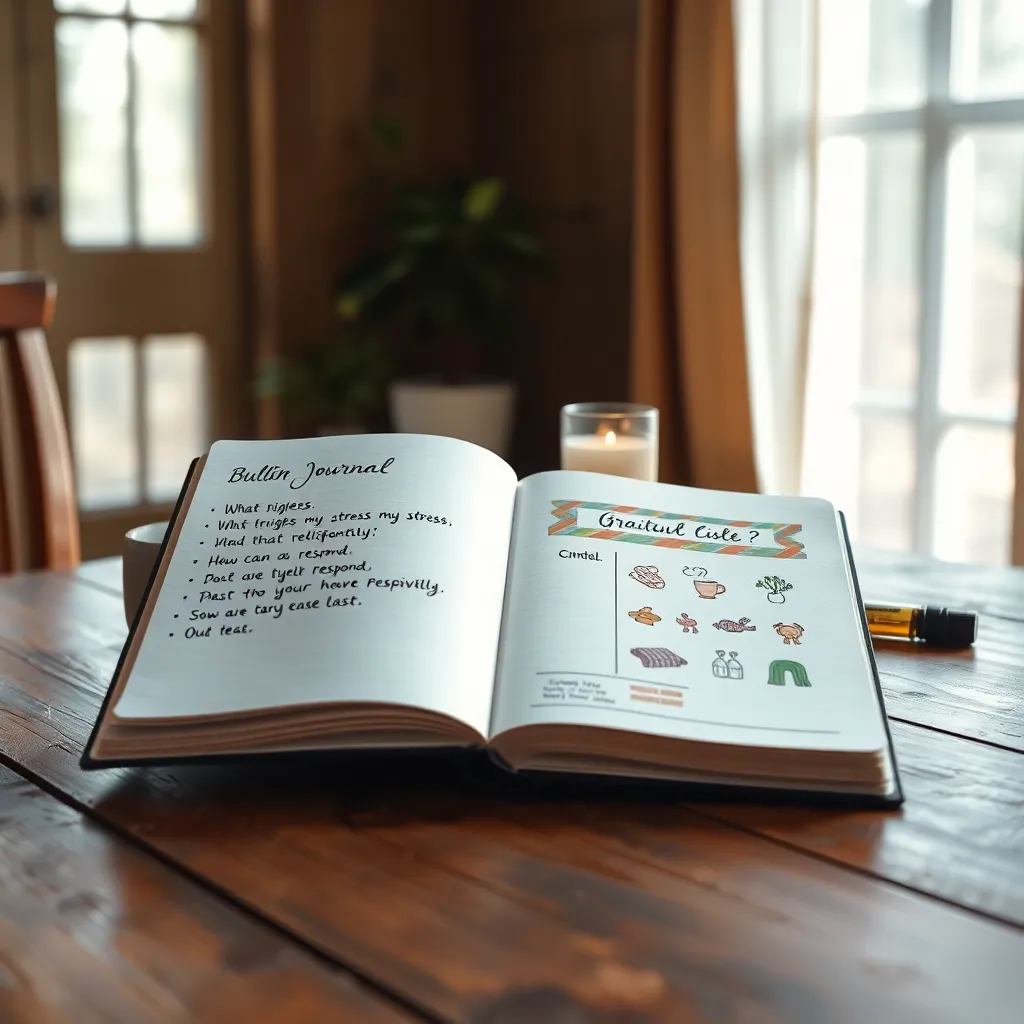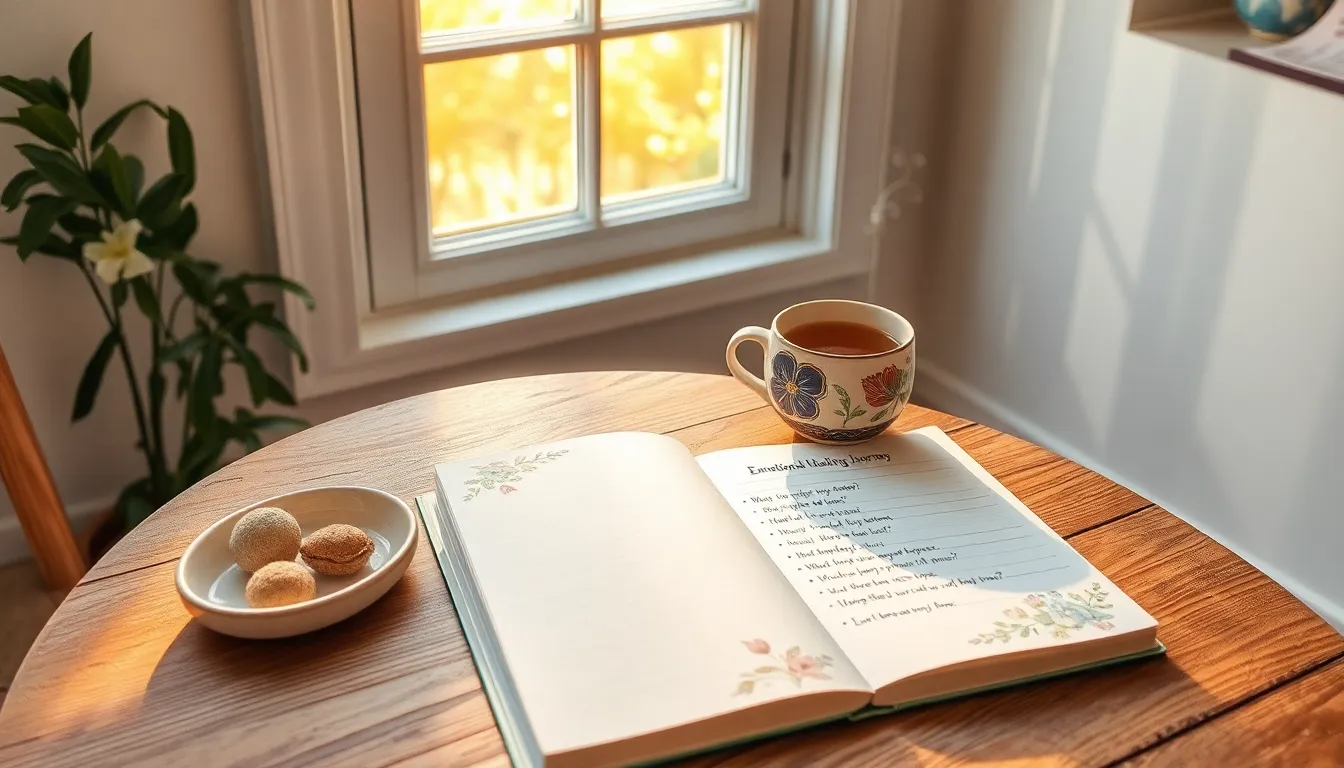In the whirlwind of modern life, stress can become an unwelcome companion. Journaling offers a gentle path to emotional healing, helping untangle thoughts and pave the way for inner peace.
Dive into this journey and discover how penning down your feelings can transform stress into serenity, offering clarity and comfort. Let each word guide you closer to healing and resilience.
Understanding Stress and Emotional Impact

Recognizing stress’s emotional toll is crucial for healing. Journaling can help by allowing you to process emotions effectively. Try the “What am I feeling right now?” prompt to uncover hidden emotions and gain clarity.
Engage with your stress through thoughtful reflection. Use the “What can I control today?” prompt to focus your energy on manageable aspects, fostering a sense of empowerment and calm.
Choosing the Right Journaling Tools

Start with a pen and journal that feel good in your hands. The right tools can make journaling more inviting and help you consistently engage with your thoughts. Choose a notebook that sparks joy and a pen that flows smoothly.
Try the “Gratitude and Release” technique. Each day, list
- three things you’re grateful for
- one stressor to release
This practice helps shift focus from stress to healing, fostering emotional balance.
Techniques for Emotional Release

Start with free writing to release pent-up emotions. Set a timer for 5 minutes and let your thoughts flow without judgment. Focus on expressing feelings rather than crafting perfect sentences.
Explore gratitude journaling to shift your emotional state. Each day, jot down 3 things you’re grateful for. This practice can foster positivity and resilience.
Reflecting on Personal Growth

Reflect on your growth by revisiting past journal entries. Notice patterns and celebrate small victories that highlight your progress. This practice enhances self-awareness and builds resilience over time.
Use prompts like:
- “How have I changed in the past month?”
- “What challenges have I overcome recently?”
These encourage deeper insight and foster a sense of achievement.
Integrating Journaling into Daily Life

Integrate journaling daily by setting aside just five minutes each morning. Use this time to jot down three things you’re grateful for or one positive intention for the day.
For emotional healing, focus on prompts like: “What am I feeling right now?” or “What do I need to let go of?”. These encourage reflection and release, fostering a sense of calm and clarity.
Conclusion: Creating Beautiful Outdoor Spaces
In navigating the journey of emotional healing after stress, journaling emerges as a powerful ally. Throughout this article, we explored five key relationship concepts: the importance of self-awareness, the role of honest communication with oneself and others, the healing power of vulnerability, the significance of setting healthy boundaries, and the continuous journey of personal growth. These elements collectively foster stronger, more resilient relationships.
As an immediate next step, I encourage you to set aside just ten minutes today to start your journaling practice. Reflect on your emotions and experiences, and consider how they shape your interactions. This small investment can yield profound insights and foster deeper connections.
Remember, bookmarking this article will provide a valuable resource to revisit as you continue your journey towards emotional healing and relationship success. By embracing these practices, you’re not only nurturing your current relationships but also paving the way for a future filled with understanding and love. Together, let’s create a world where our emotional well-being enhances every relationship we cherish. Save this article to guide your ongoing transformation and inspire others in their journey.


